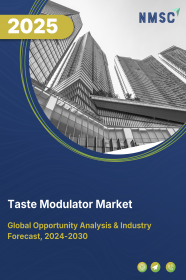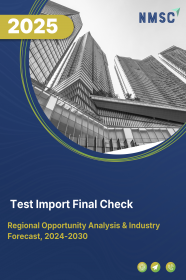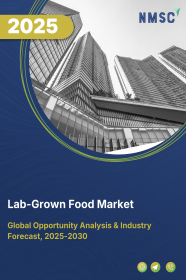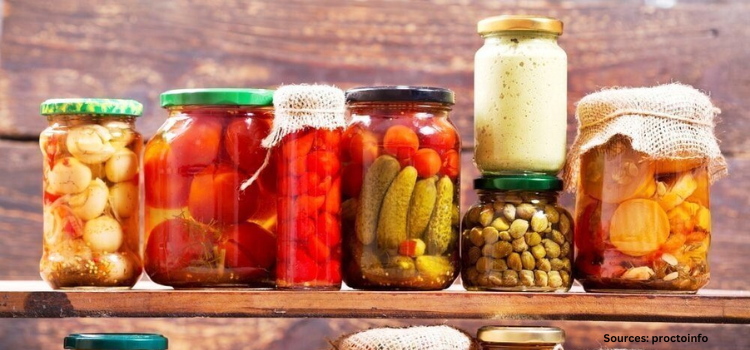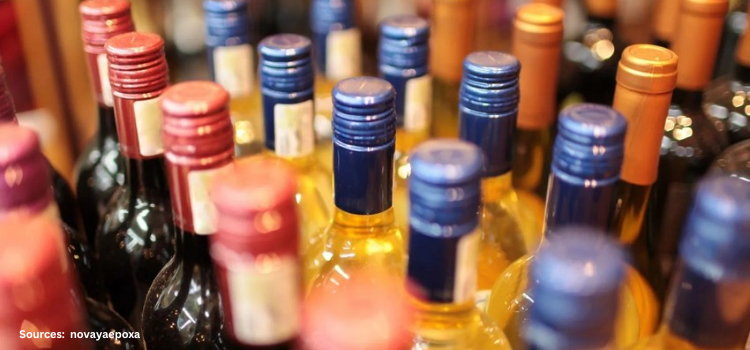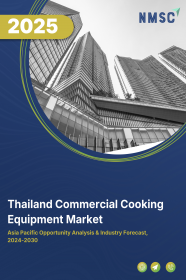
Thailand Commercial Cooking Equipment Market by Product Type (Broilers, Grills and Griddles, Cook Chill Systems, Refrigerators, Ovens, Dishwashers and Others), by Size (Small-Scale Equipment, Medium-Scale Equipment and Large-Scale Equipment), and by End-User (Full-Service Restaurants, Quick Service Restaurants, Catering, Railway Dining, Resorts & Hotel, Hospitals and Others)- Opportunity Analysis and Industry Forecast, 2024– 2030
Industry: Retail and Consumer | Publish Date: 12-Feb-2025 | No of Pages: 113 | No. of Tables: 80 | No. of Figures: 45 | Format: PDF | Report Code : RC2955
US Tariff Impact on Thailand Commercial Cooking Equipment Market
Trump Tariffs Are Reshaping Global Business
Thailand Commercial Cooking Equipment Market Overview
The Thailand Commercial Cooking Equipment Market size was valued at USD 156.0 million in 2023, and is predicted to reach USD 272.9 million by 2030, at a CAGR of 7.8% from 2024 to 2030. In terms of volume, the market size was 23 thousand units in 2023, and is projected to reach 50 thousand units by 2030, with a CAGR of 11.2% from 2024 to 2030.
Commercial cooking equipment encompasses a variety of appliances and tools crafted for professional kitchens in restaurants, hotels, and catering businesses. Designed for efficiency and safety, this equipment is built with durable materials to endure continuous use, reducing downtime and ensuring a seamless kitchen workflow. Modern designs emphasize energy efficiency, helping businesses lower utility costs and environmental impact. Investing in top-tier hospitality cooking equipment is essential for maintaining smooth operations, enhancing competitiveness, and boosting profitability in the food service industry.
Tourism Boom Drives Commercial Cooking Equipment Demand
Thailand's thriving tourism industry continues to be a major driver for the increasing demand in commercial cooking equipment. With over 28 million foreign tourists visiting in 2023, the country's diverse culinary landscape must cater to a wide array of tastes and preferences, necessitating robust kitchen infrastructure in hotels, resorts, and dining establishments. This surge in tourism has not only exceeded expectations but also bolstered revenue significantly, prompting the government to target 35 million tourists for 2024 by promoting lesser-known attractions and positioning Thailand as a year-round destination. As a result, there's a growing need for modern and efficient cooking appliances to sustain the high standards of service expected by international and domestic visitors alike.
Expansion of Food Service Chains Spurs CCE Market Growth
The rapid expansion of food service chains across Thailand is fueling substantial demand for various types of commercial cooking equipment. This includes essential equipment such as ovens, grills, fryers, refrigeration units, and specialized food preparation appliances. For instance, Central Restaurants Group (CRG) is set to open between 100 and 120 new restaurants in 2024, aiming to achieve a 14% revenue growth through expanded operations.
This expansion not only contributes to the local economy but also creates a significant market for commercial kitchen equipment suppliers and manufacturers. The consistent growth in food service chains underscores the ongoing need for high-quality cooking appliances to meet the increasing demands of a dynamic and expanding hospitality sector in Thailand.
Stringent Regulatory Requirements and Compliance Standards Hinder the Market Growth
Stringent regulatory requirements, such as the International Food Standards (IFS) and the Food Safety Modernization Act (FSMA), pose significant challenges for businesses investing in new food service equipment. These regulations, enforced by governmental agencies and industry associations, mandate specific protocols for food handling, storage, and preparation to ensure safety and compliance. Non-compliance can lead to penalties and reputational damage.
Moreover, meeting emissions standards necessitates investments in ventilation and filtration systems, increasing complexity and costs. These regulatory burdens, combined with the financial strain of purchasing compliant equipment and ongoing maintenance, particularly impact small and medium-sized enterprises (SMEs). Ultimately, these challenges hinder the adoption of new cooking equipment, constraining Thailand commercial cooking equipment market growth and expansion in the food service industry.
Integration Of Advanced Technologies in CCE Creates Future Market Prospects
Integration of advanced technologies like smart cooking appliances, IoT-enabled kitchen equipment, and automation solutions will drive increased Thailand commercial cooking equipment demand for hospitality cooking equipment in forthcoming years. These innovations enhance efficiency, productivity, and sustainability by enabling precise monitoring, real-time data analysis, and automation of repetitive tasks in food service operations. This integration not only optimizes cooking processes and improves food quality but also supports sustainable practices by reducing energy consumption and waste.
Competitive Landscape
The key players operating in the Thailand commercial cooking equipment industry include M.K. Restaurant Group, Siam Kitchen, Thai Food Equipment Co., Ltd., Siam Commercial Kitchen Equipment, CaterPro, 66 Kitchen Co., Ltd., HANJO CO., LTD., Central Hospitality Co., Ltd., Maestro Controls, Somerville-siam., and others.
Thailand Commercial Cooking Equipment Market Key Segments
By Product Type
-
Broilers
-
Grills and Griddles
-
Cook Chill Systems
-
Refrigerators
-
Ovens
-
Dishwashers
-
Others
By Size
-
Small-Scale Equipment
-
Medium-Scale Equipment
-
Large-Scale Equipment
By End-User Industry
-
Full-Service Restaurants
-
Quick Service Restaurants
-
Catering
-
Railway Dining
-
Resorts & Hotel
-
Hospitals
-
Others
Key Players
-
M.K. Restaurant Group
-
Siam Kitchen
-
Thai Food Equipment Co., Ltd.
-
Siam Commercial Kitchen Equipment
-
CaterPro
-
66 Kitchen Co., Ltd.
-
HANJO CO., LTD.
-
Central Hospitality Co., Ltd.
-
Maestro Controls
-
Somerville-siam
REPORT SCOPE AND SEGMENTATION:
|
Parameters |
Details |
|
Market Size in 2023 |
USD 156.0 Million |
|
Revenue Forecast in 2030 |
USD 272.9 Million |
|
Growth Rate |
CAGR of 7.8% from 2024 to 2030 |
|
Market Volume in 2023 |
23 thousand Units |
|
Market Forecast in 2030 |
50 thousand Units |
|
Volume Growth Rate |
CAGR of 11.2% from 2024 to 2030 |
|
Analysis Period |
2023–2030 |
|
Base Year Considered |
2023 |
|
Forecast Period |
2024–2030 |
|
Market Size Estimation |
Million (USD) |
|
Growth Factors |
|
|
Companies Profiled |
10 |
|
Market Share |
Available for 10 companies |
|
Customization Scope |
|
|
Pricing and Purchase Options |
Avail customized purchase options to meet your exact research needs. |









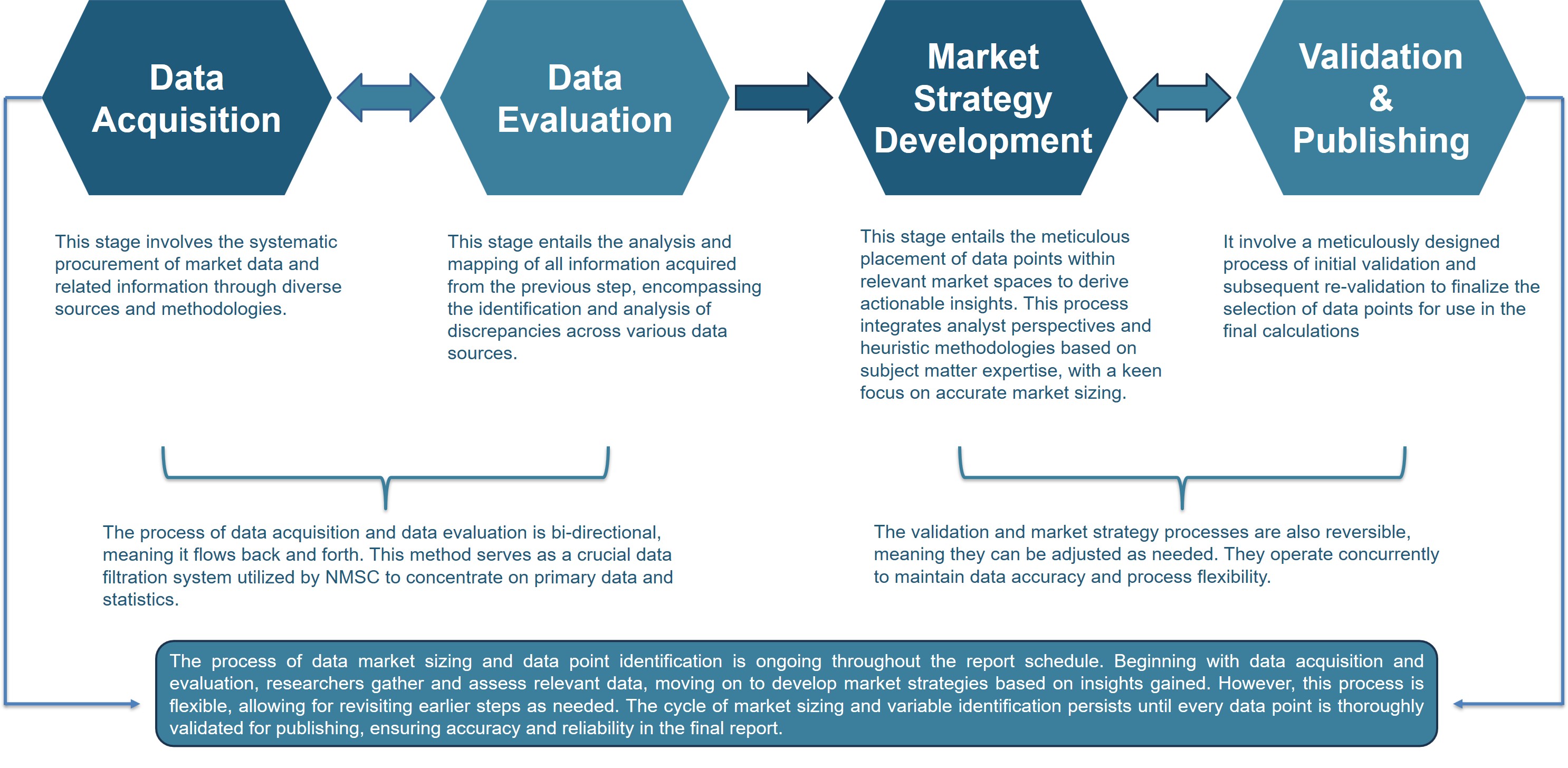



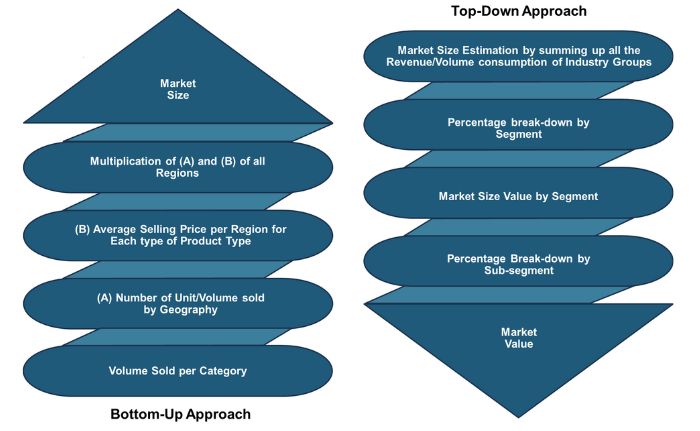
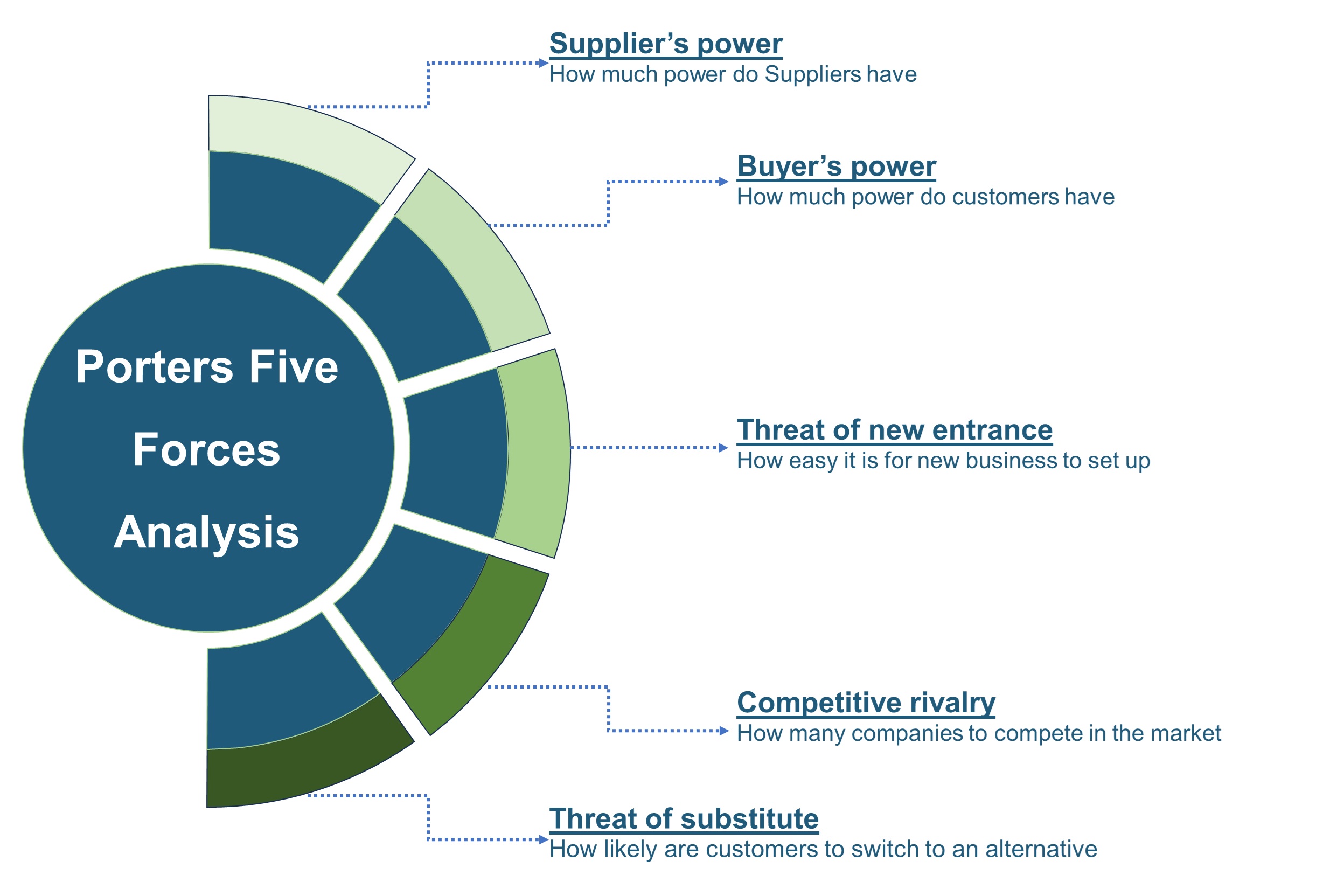
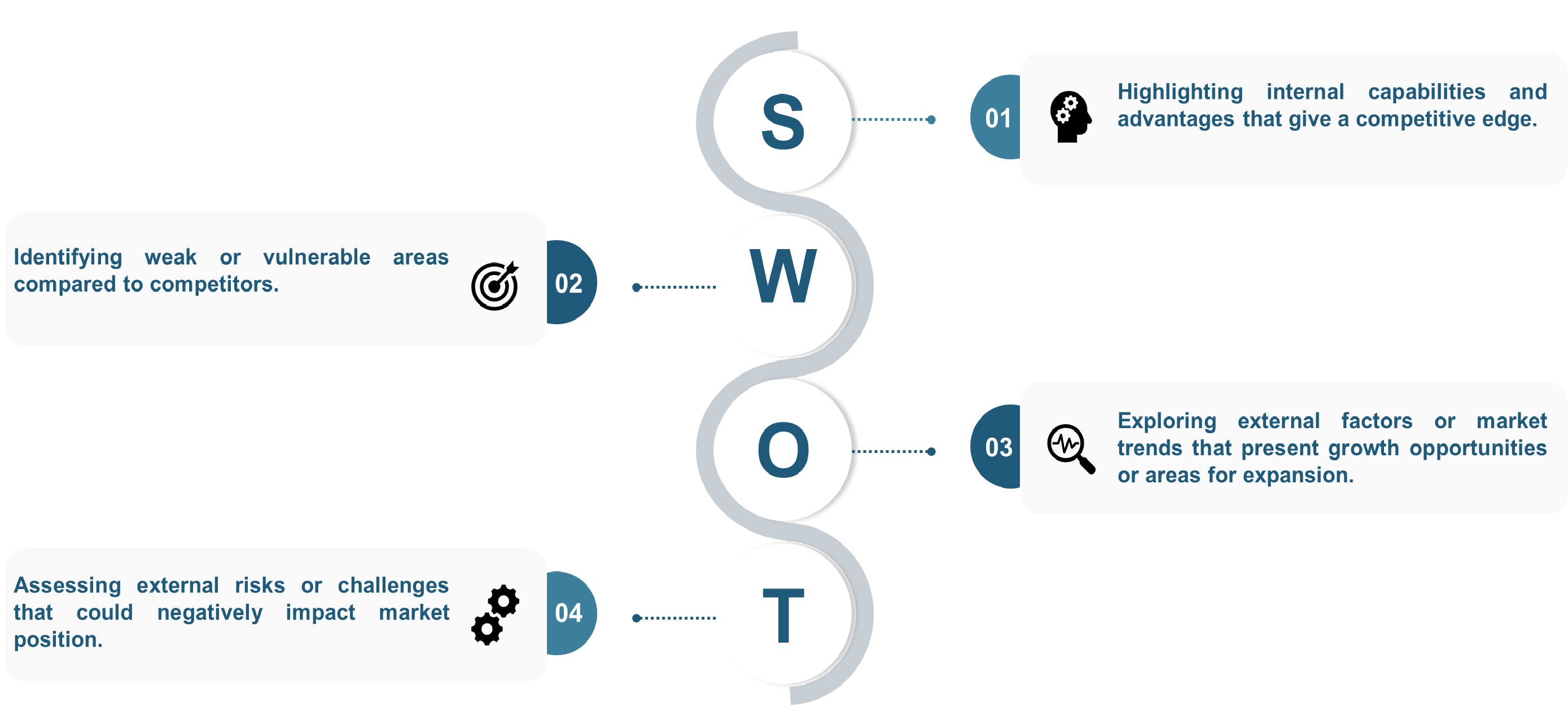

 Speak to Our Analyst
Speak to Our Analyst



